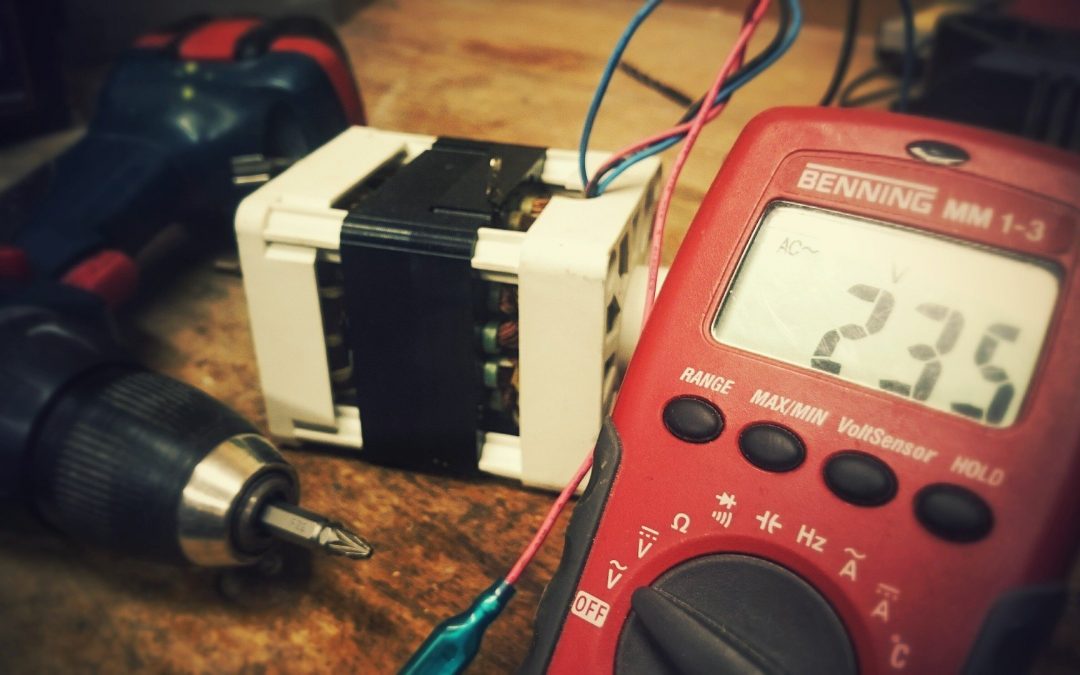All organisations from small offices to large corporations should be conducting regular PAT Testing of all their electrical equipment, however many business owners aren’t clear on what Portable appliance testing means or the regulations and requirements surrounding the assessments. However, there is a lot of confusion and misconceptions about portable appliance testing (PAT).
What is PAT Testing?
Portable appliance testing (PAT) is the routine safety checks of electrical appliances and equipment to ensure they are safe to use. Although many electrical defects can be found from looking at the device, some can only be found by testing. This is often referred to as a ‘common sense safety regulation’ used by businesses as a safety precaution to ensures that their electrical appliances are not at risk of causing injury.
Do I Have To Get A PAT Test?
It is required by the Electricity at Work Regulation 1989 that any electrical equipment that could cause injury is kept in a safe condition. However, these regulations do not detail what exactly needs to be done, by who or how frequently.
While there is no legal requirement for the testing to be carried out, doing so ensures you are meeting a number of regulations including health and safety at work. If these regulations aren’t met, you could be facing a £5,000 fine and six months imprisonment.
Who carries out a PAT Test?
To safely carry out the testing it’s required by law that the person conducting the test must be knowledgeable and experienced in electrical work. It is the employer’s responsibility to ensure that electrical equipment does not cause a hazard and having a qualified electrician carry out your commercial PAT Testing is the best way to protect yourself & your company.
What Does PAT Testing Involve?
PAT Testing should be carried out of all electrical appliances from kettles and microwaves to computers and copiers. Cordless tools do not need to be tested; however, their charger will be. An easy way to check if something would need testing is to see if it connected to a power source i.e., a plug, if so, it would need testing.
The test will include visual checks for frayed wires and plugs that appear to be cracked or damaged. Are a more technical check to check the inner workings of the plugs and electricals. The testing does not take long, and applicants will either pass or fail. In case of failure, the qualified electrician will advise you on what to do next.
Keeping your business running and your employees safe is our top priority and our professional team of electricians can conduct the necessary PAT Tests at a time that best suits your business. For more information or to book a test please contact a member of our staff today.


Recent Comments